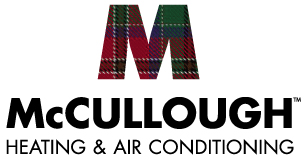4.9 Google Rating

How Much Does It Cost to Run Your AC Unit in Austin?
Austin’s scorching summers can make air conditioning a necessity rather than a luxury. With temperatures often soaring past 100°F, keeping cool is a priority. However, many homeowners are concerned about the cost of running their AC units, especially when electricity bills spike during the warmer months. In this blog, we’ll break down the factors that contribute to your cooling costs and offer tips for keeping expenses manageable. Whether you’re using central air or other types of AC units, understanding these costs is key to staying comfortable without breaking the bank.
Factors That Affect the Cost of Running Your AC Unit
Unit Size and Efficiency
The size and efficiency of your air conditioning unit play a significant role in your energy consumption. Larger units designed for bigger spaces use more electricity to cool your home. Efficiency is also important. High-efficiency units, such as those with a SEER (Seasonal Energy Efficiency Ratio) rating of 16 or higher, consume less energy, which can lead to lower monthly bills. If you have an older, less efficient model, it may be using more power than necessary to cool your home, driving up costs.
Insulation and Home Size
Homes that are well-insulated retain cool air longer, meaning your AC unit doesn’t have to work as hard to maintain a comfortable temperature. On the other hand, poorly insulated homes, or those with gaps in windows and doors, let cool air escape. This forces your AC to run more frequently and for longer periods, increasing energy usage. The size of your home also plays a role. Larger homes require more cooling power, which directly translates to higher running costs.
Austin’s Climate
Austin is known for its hot summers, with average high temperatures in July and August often exceeding 95°F. These extreme temperatures make your AC unit work harder, which increases your energy consumption. The local climate plays a major role in how much it costs to keep your home cool, and Austin’s sweltering conditions are definitely a factor to consider.
Daily Usage and Thermostat Settings
How often you run your AC and the temperature you set it at will impact your electricity bills. If you’re constantly setting the thermostat to 68°F during the peak of summer, expect to see a steep increase in your energy costs. The average cost to run central air conditioning units can vary widely depending on how frequently the system is used and whether energy-saving measures are implemented. Setting the thermostat to a higher temperature, like 75°F or 78°F, during the day and using ceiling fans can help lower costs.
Electricity Rates
Electricity rates in Austin can fluctuate throughout the year, with summer rates often being higher due to increased demand. The cost per kilowatt-hour (kWh) can have a big impact on your overall AC costs. Paying attention to when and how much electricity you use can help you budget your cooling expenses.
Age and Condition of the Unit
Older AC units tend to be less energy-efficient compared to modern models. If your system is over 10 years old, it’s likely that it’s costing you more in electricity bills than it should. Regular maintenance can help improve efficiency, but eventually, even the best-kept systems lose efficiency with age. If you’re noticing that your bills are increasing, it might be time to consider upgrading to a newer, more efficient model.
How to Calculate the Cost of Running Your AC Unit
To get a rough estimate of how much it costs to run your AC, you’ll need to know the wattage of your unit and the number of hours you run it daily. The formula is simple:
Cost = (Wattage ÷ 1,000) × Hours Used × Cost per kWh
Let’s assume you have a 3,500-watt central air unit, run it for 8 hours a day, and pay $0.12 per kWh. Here’s how the calculation would look:
(3,500 ÷ 1,000) × 8 × 0.12 = $3.36 per day
This means it costs about $3.36 per day to run your AC unit. Over the course of a month, assuming similar usage every day, that adds up to roughly $100.
Tips to Lower Your Cooling Costs
Upgrade to a High-Efficiency Unit
If your AC system is outdated, consider investing in a more energy-efficient model. Newer systems with a high SEER rating can save you significantly on your energy bills.
Install a Programmable Thermostat
A smart or programmable thermostat allows you to set temperature schedules based on when you’re home or away. Raising the temperature during the day when no one is home can save a lot on cooling costs.
Improve Your Home’s Insulation
Sealing gaps in windows and doors, upgrading your insulation, and even using blackout curtains can help keep cool air inside, reducing the workload on your AC system.
Schedule Regular AC Maintenance
Routine maintenance, such as cleaning filters and inspecting the system for issues, can improve efficiency and prevent costly breakdowns. Well-maintained systems use less energy, which translates into lower running costs.
Average Cost to Run Central Air Conditioning Units
The average cost to run central air conditioning units in Austin can vary based on all the factors mentioned above. For a typical 2,000 square foot home with a modern, efficient system, monthly costs might range from $100 to $250 during the hottest months. However, homes with older units or poor insulation can see much higher bills. This makes it essential to address inefficiencies, from replacing outdated equipment to improving insulation.
Conclusion
Running your AC unit in Austin can be a significant part of your monthly expenses, especially during the hot summer months. By understanding the factors that impact your cooling costs, such as unit efficiency, home size, and daily usage, you can make informed decisions to help lower your energy bills. Regular maintenance and strategic upgrades can make a big difference in your long-term cooling costs.
Looking to improve the efficiency of your air conditioning system? Contact McCullough Heating & Air Conditioning for all your AC maintenance needs. Our team is here to ensure your system is running smoothly, helping you stay cool while keeping energy costs in check. Reach out to us today for expert advice and top-tier service!
Recent News
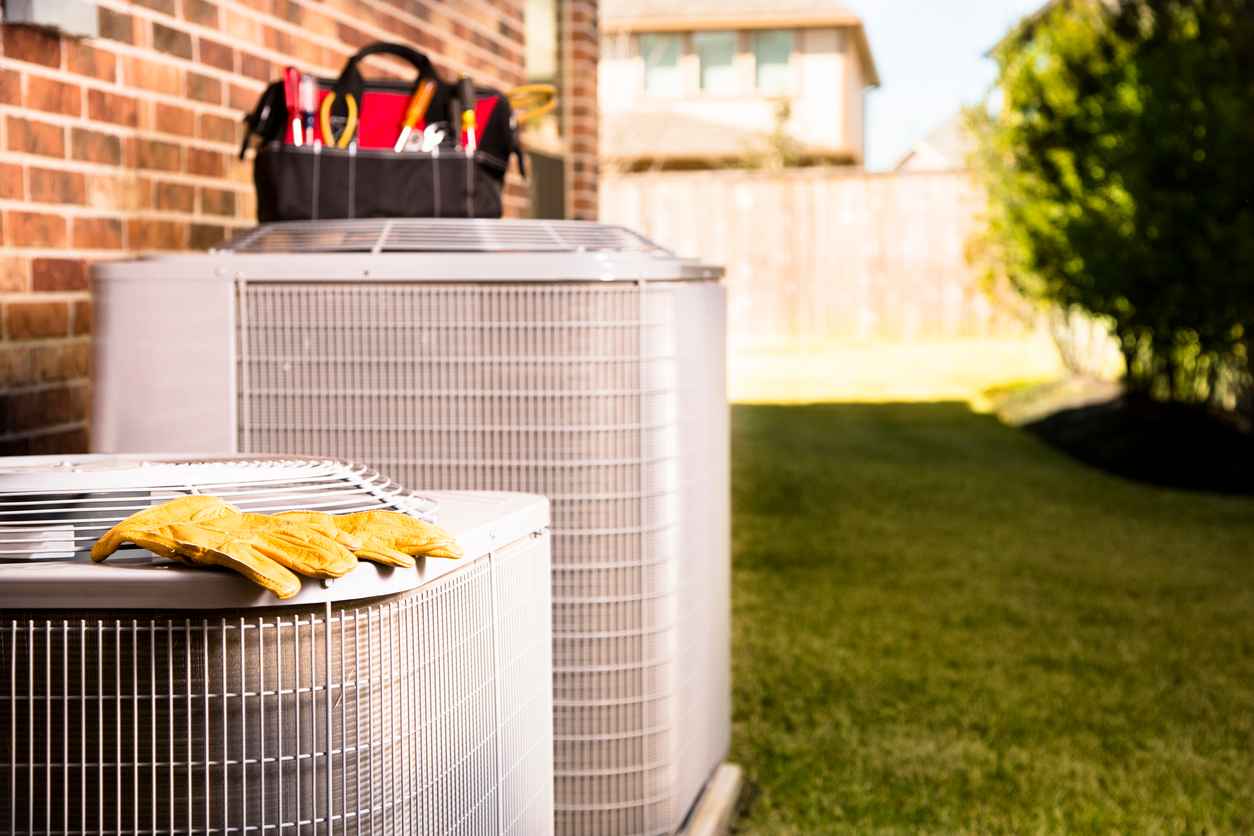
BIG Changes to Federal HVAC Tax Credits: What Austin Homeowners Need to Know Before the End of 2025
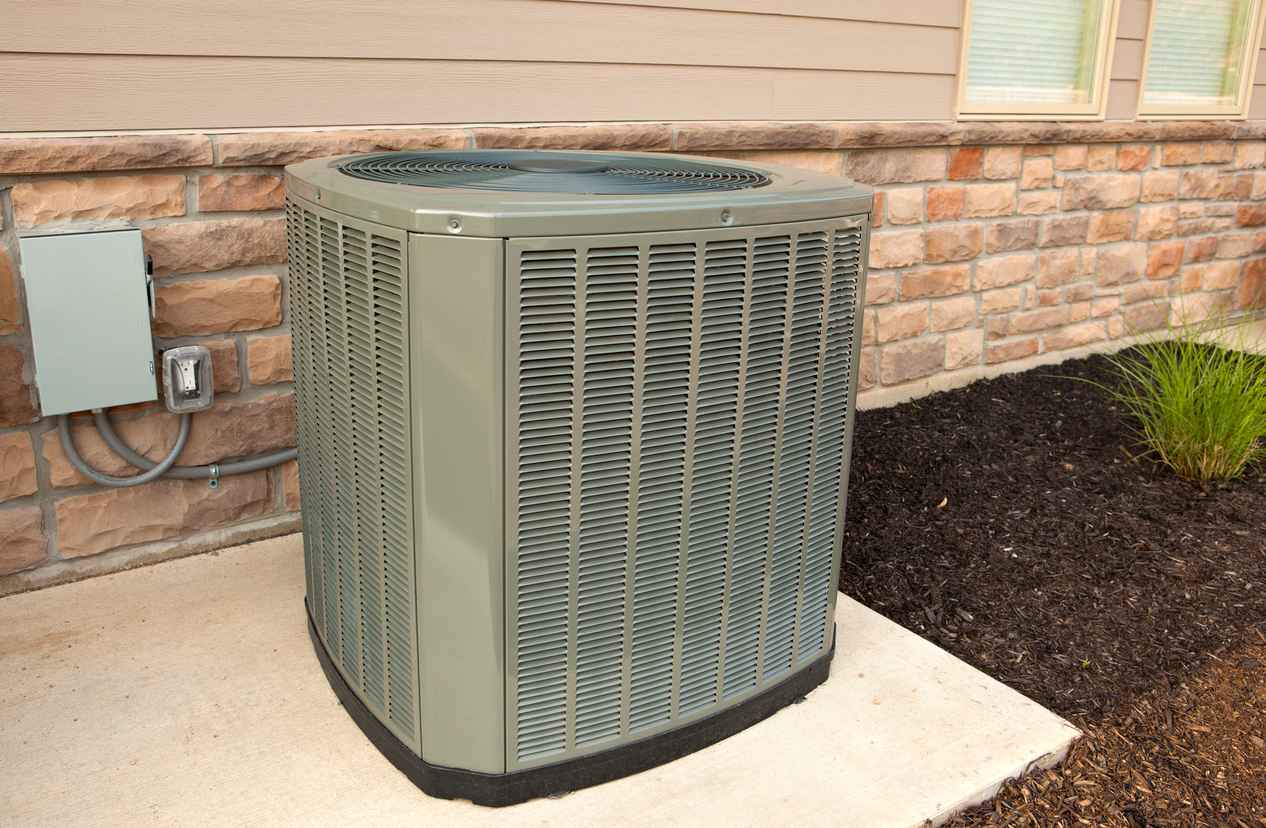
Why Is My Heat Pump Not Turning On?
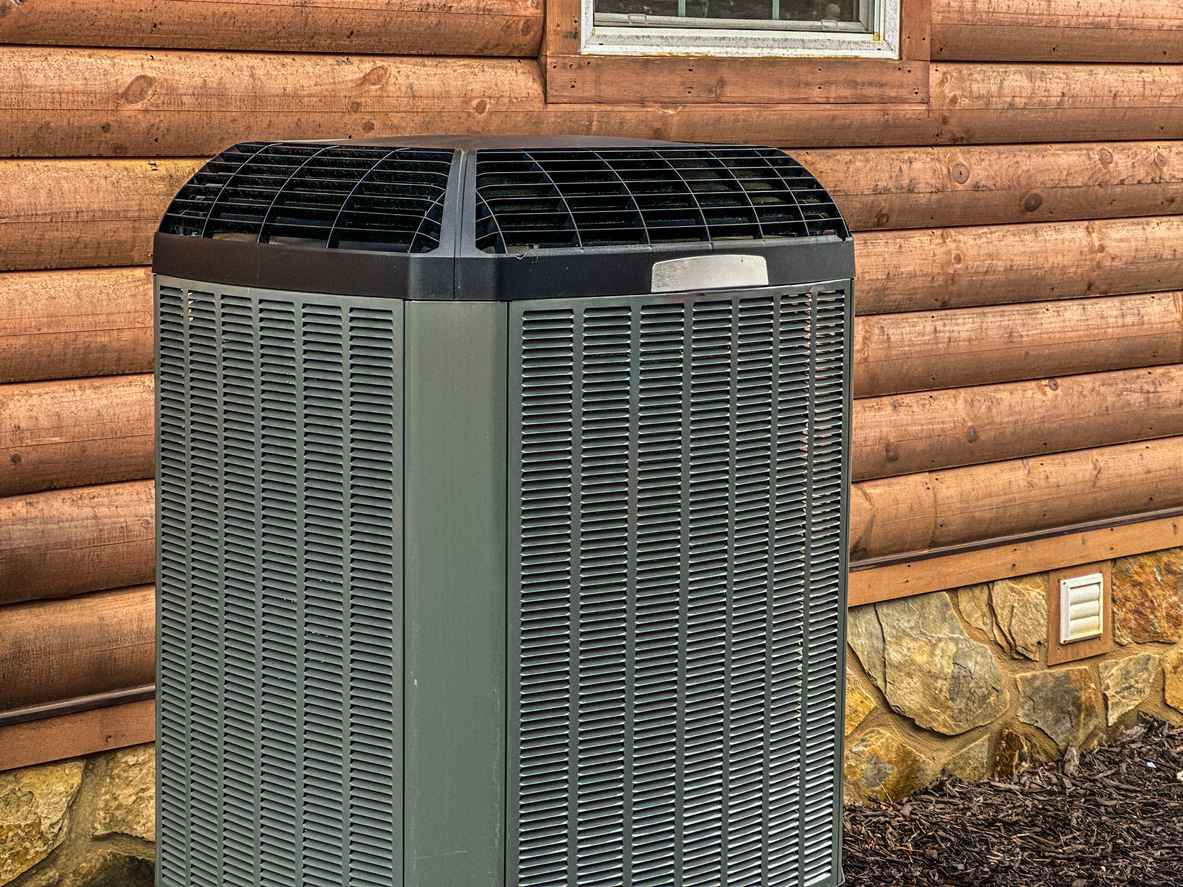
Local Matters

What Is a Ductless Mini Split?
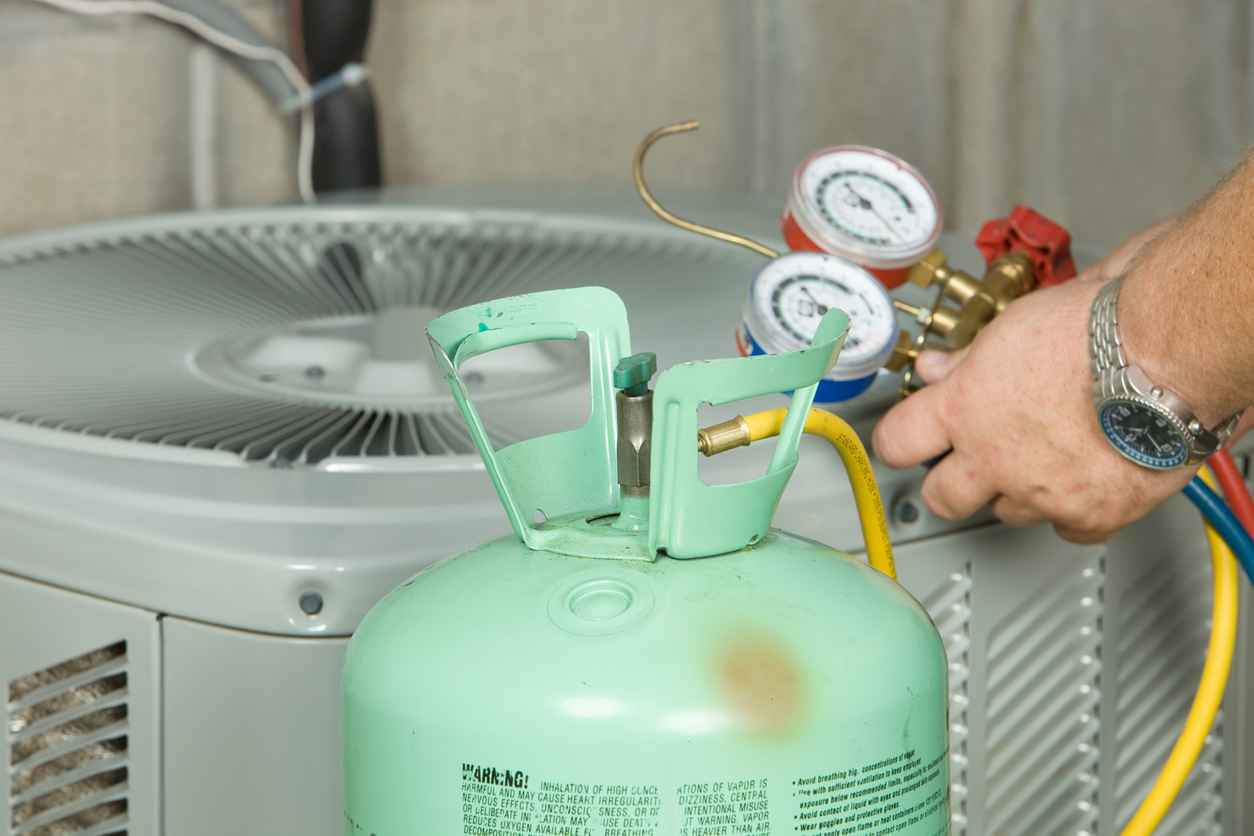
Understanding the 2025 HVAC Refrigerant Mandate: What Austin Homeowners Need to Know
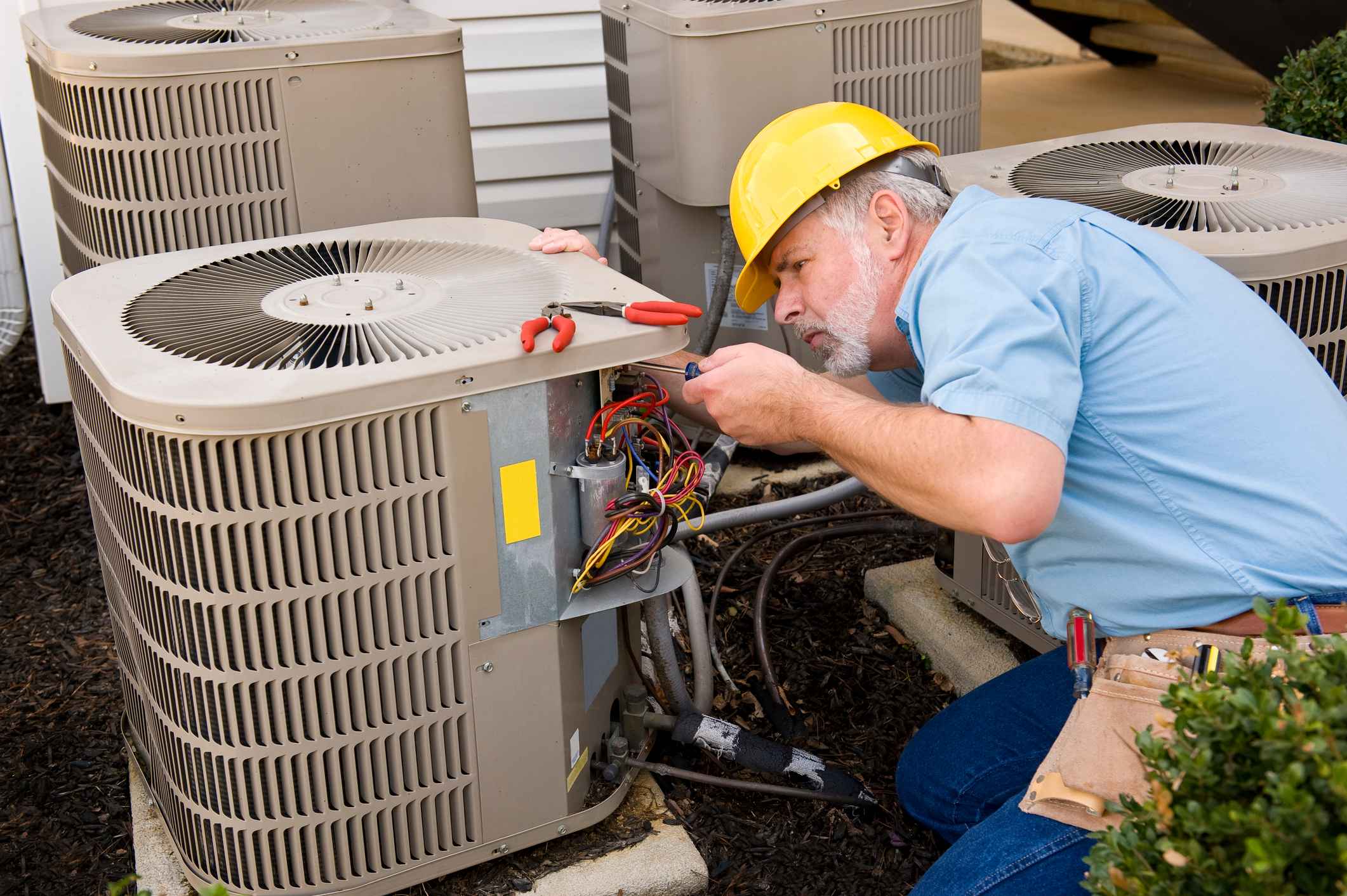
Why Spring 2025 Might Be the Smartest Time to Replace Your AC System


